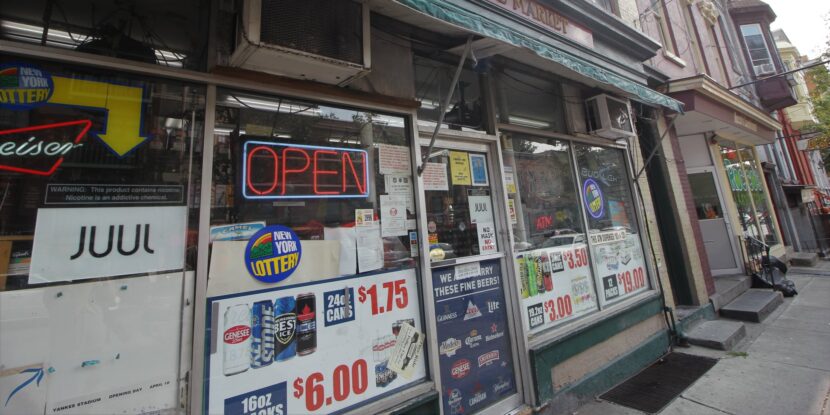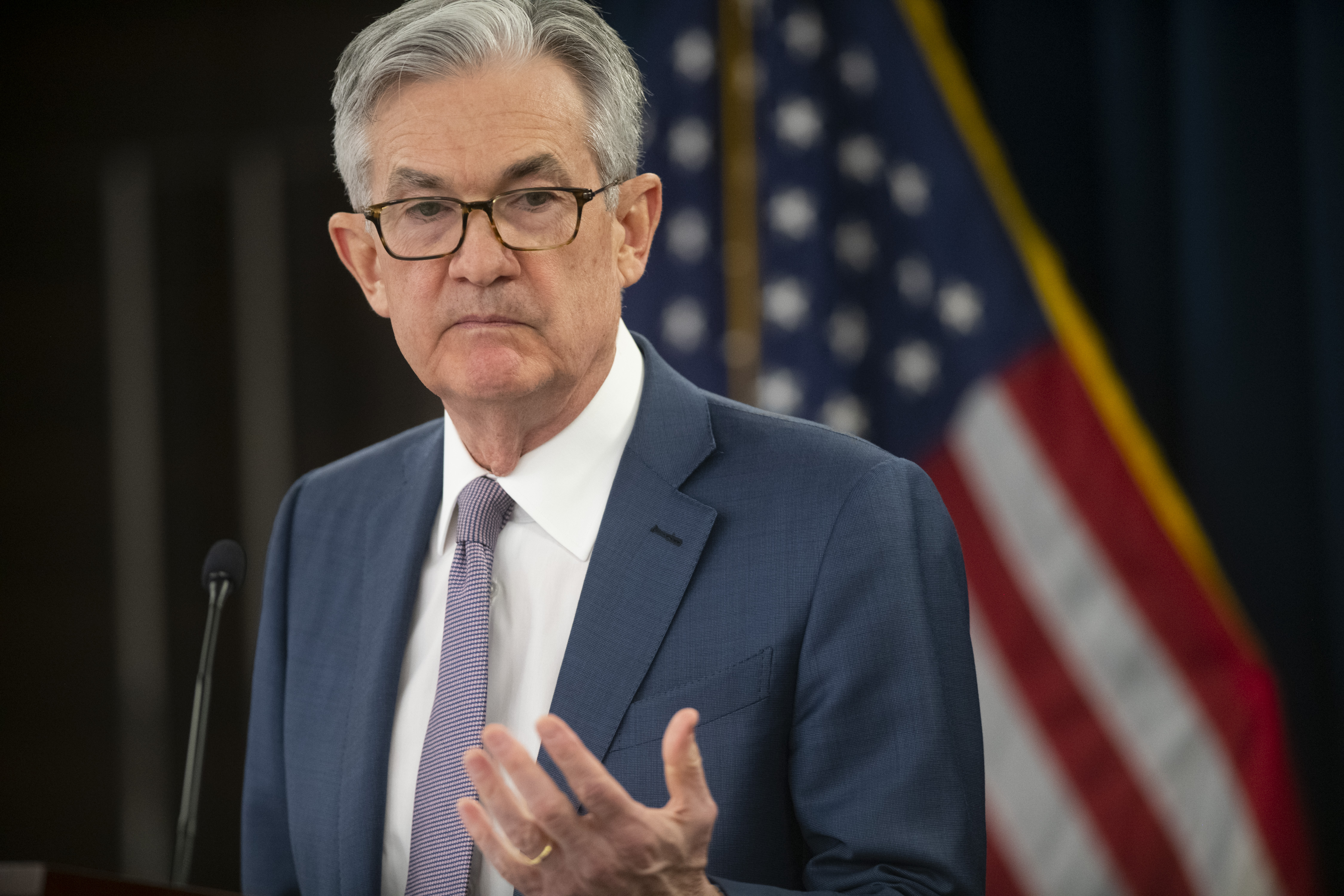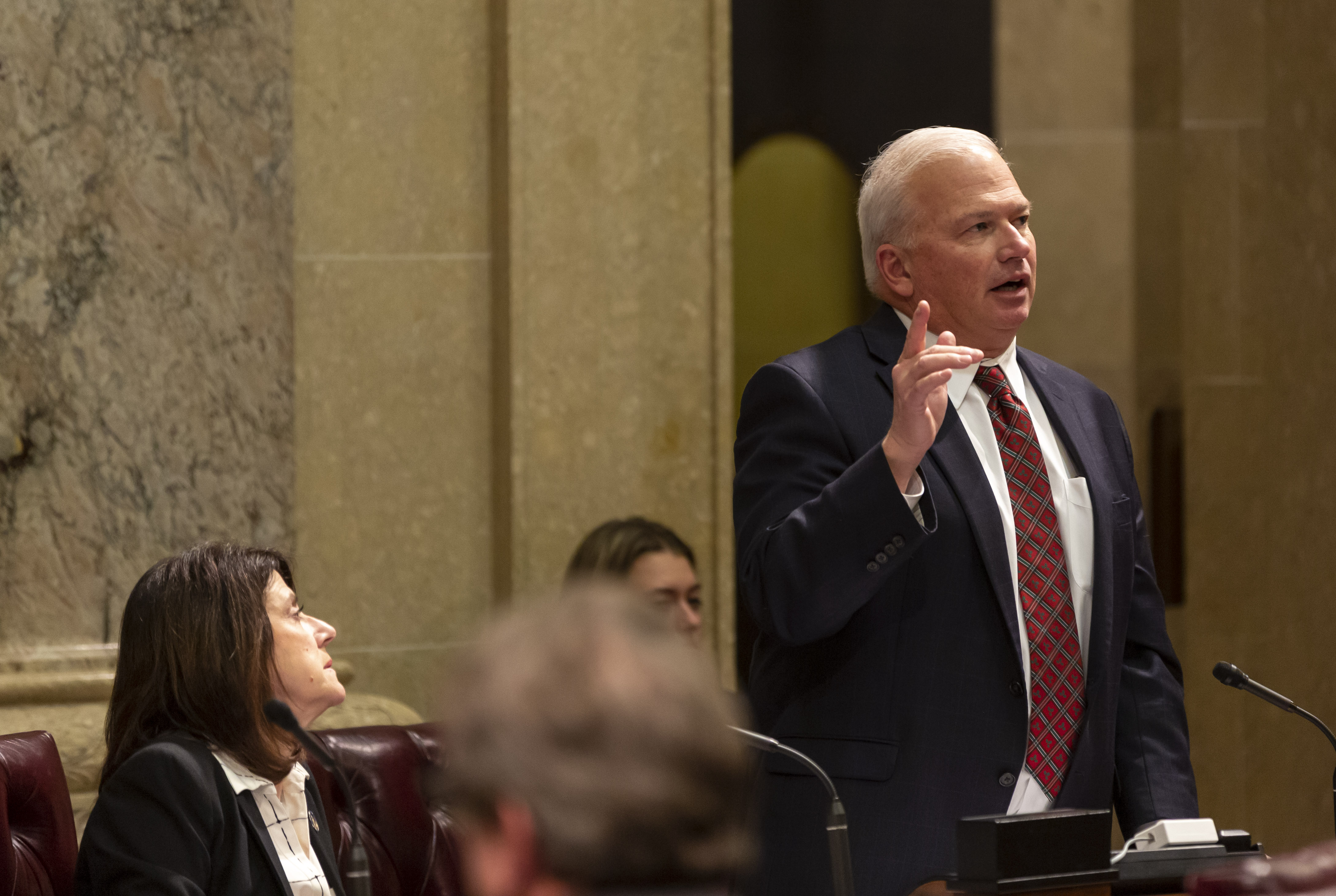
PULSE POINTS:
❓What Happened: A leading psychologist says a majority of Britons might now identify as “neurodivergent,” with increased self-identification as well as medical diagnoses.
👥 Who’s Involved: Francesca Happé, a King’s College London professor, and people seeking neurodivergent diagnoses.
Your free, daily feed from The National Pulse.
📍 Where & When: United Kingdom, ongoing; notable data from August 2024.
💬 Key Quote: “An increasing number of people are choosing to self-identify [as neurodivergent] without seeking a diagnosis,” said Francesca Happé.
⚠️ Impact: The surge in diagnosis requests has led to a significant backlog, with 90 percent of referrals waiting beyond the recommended assessment period.
IN FULL:
A growing number of Britons are identifying as neurodivergent, according to Francesca Happé, a professor of cognitive neuroscience at King’s College London. This trend is attributed to both an increase in medical diagnoses for conditions such as autism, dyslexia, and dyspraxia, as well as a rise in self-identification.
Happé highlighted the societal shift, particularly among younger generations. However, she cautioned that behaviors once seen as mere eccentricities are now often labeled with medical terms, raising questions about the appropriateness of such classifications.
“An increasing number of people are choosing to self-identify [as neurodivergent] without seeking a diagnosis,” Happé said. She suggested that society might already have more self-identified neurodivergent individuals than those considered “neurotypical.”
The demand for autism assessments in Britain has soared, with requests increasing by 22 percent year over year, reaching 200,000 in August 2024. According to National Health Service (NHS) data, this surge has resulted in a significant backlog, with 90 percent of referrals exceeding the recommended 13-week assessment period.
Autism Spectrum Disorder (ASD) encompasses a range of challenges, including difficulties with social interaction, communication, and rigid adherence to routines. Despite these challenges, Happé emphasized the benefits of a diagnosis, such as access to care and improved social communication.
Britain has noted a surge in cases of reported autism since the COVID-19 pandemic. Over half of those waiting to see an autism specialist are teenagers or younger.
It remains unknown whether the rise in reported autism cases is linked to social isolation or other external factors. Some claim that vaccines may also be related to the increase. U.S. Health and Human Services (HHS) Secretary Robert F. Kennedy Jr. announced last month that new studies will be undertaken to determine the cause of the explosion in autism diagnoses.

PULSE POINTS:
❓What Happened: New York City plans to install hundreds of panic buttons in bodegas to combat crime.
👥 Who’s Involved: Mayor Eric Adams, New York City Police Department (NYPD), United Bodegas of America (UBA), SilentShield.
Your free, daily feed from The National Pulse.
📍 Where & When: Announced Sunday, May 4, in The Bronx, targeting bodegas in crime “hotspots.”
💬 Key Quote: Mayor Adams: “The bodegas are important, and what this is going to do is add an extra layer of safety.”
⚠️ Impact: Panic buttons aim to reduce crime and improve safety in bodegas; installation begins in the coming weeks.
IN FULL:
New York City officials unveiled a $1.6 million initiative on Sunday to install up to 500 panic buttons in bodegas, aiming to enhance security amid rising violent incidents. Mayor Eric Adams announced the plan during a press conference outside a deli in The Bronx, emphasizing the need for increased safety measures.
“Instead of just having the cats keeping away the rats, we’re going to have a direct connection with the police to keep away those dangerous cats that try to rob our stores,” Adams said, adding: “The bodegas are important, and what this is going to do is add an extra layer of safety. Number one, for those who actually have the panic buttons and the direct communication to the police. But second, the element of surprise—500 of these devices throughout the entire city.”
The panic buttons, to be installed by SilentShield, will connect directly to the NYPD‘s central command center. This direct link bypasses traditional 911 dispatchers, potentially reducing police response times during emergencies. Crime in New York City has continued to be a serious issue since the COVID-19 pandemic, with the city housing tens of thousands of illegal immigrants, some of whom have been arrested in high-profile incidents. For instance, The National Pulse reported on May 5 that three illegal immigrant Tren de Aragua gang members were arrested on Sunday over their involvement in an assault on police in Times Square.
Other recent violent events have also underscored the urgency of the program. Just this past Saturday, a 33-year-old man was fatally stabbed inside a Harlem bodega. Last month, a group impersonating NYPD officers assaulted and robbed a store in Bedford-Stuyvesant, Brooklyn. In March, another Harlem bodega worker suffered a knife attack during an attempted robbery.
The United Bodegas of America (UBA) has long advocated for such measures. This new initiative builds on a previous pilot program that implemented 50 panic buttons, though it faced criticism over inconsistent police response times.
NYPD Chief of Department John Chell praised the new system, stating it provides “peace of mind” and serves as a “crime prevention tool.” He emphasized that the technology aids in quick responses and helps officers remain safe during potentially violent situations.
During the 2024 presidential campaign, the Bodega and Small Business Group (BSBG), which represents thousands of bodegas in New York City, backed President Donald J. Trump’s return to the White House. The move was in part a response to Democrat officials’ decision to prosecute bodega clerk Jose Alba for simply defending himself during an attack.
show less

 1 month ago
2
1 month ago
2








 English (US) ·
English (US) ·